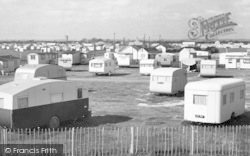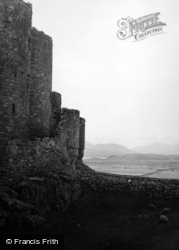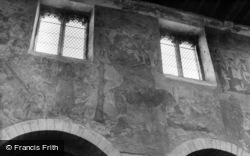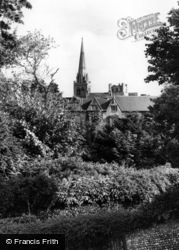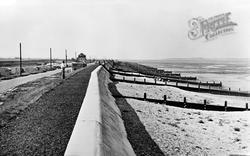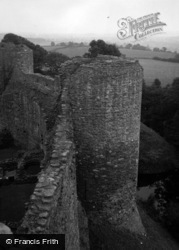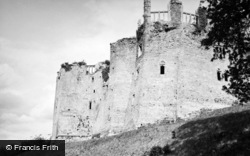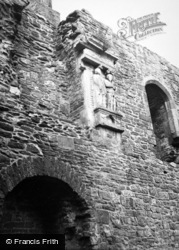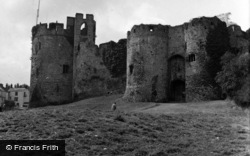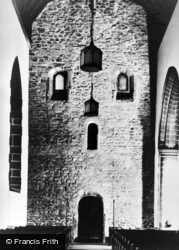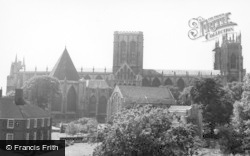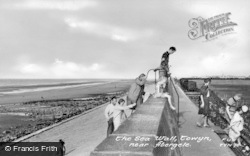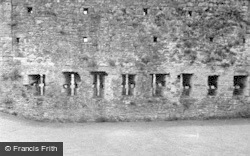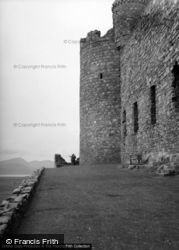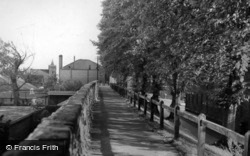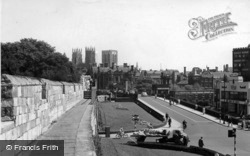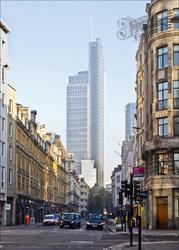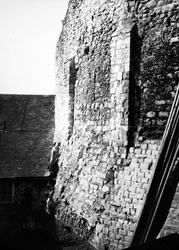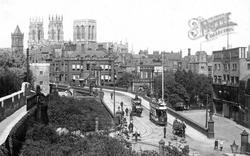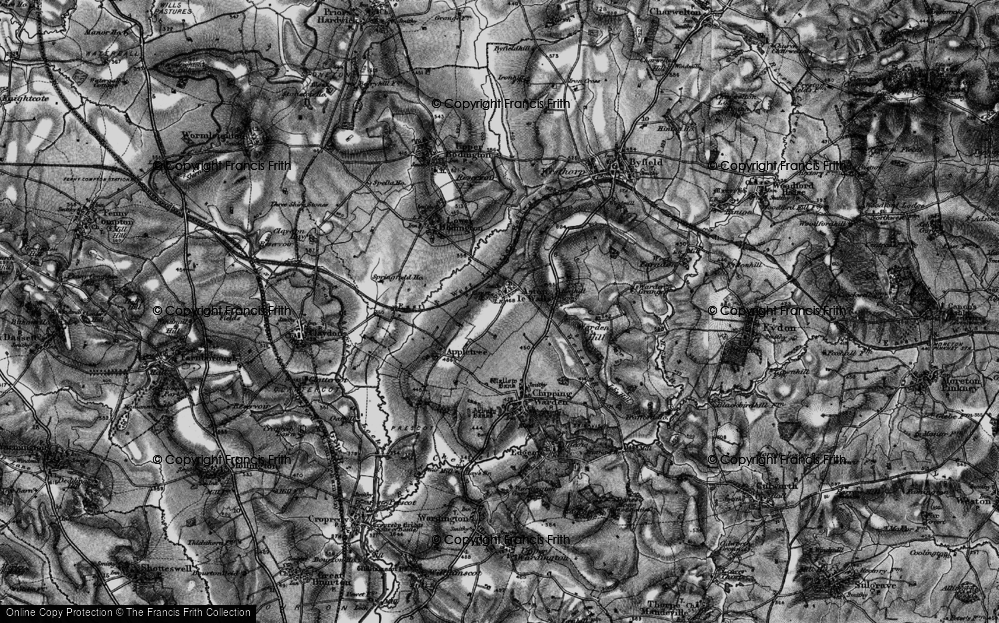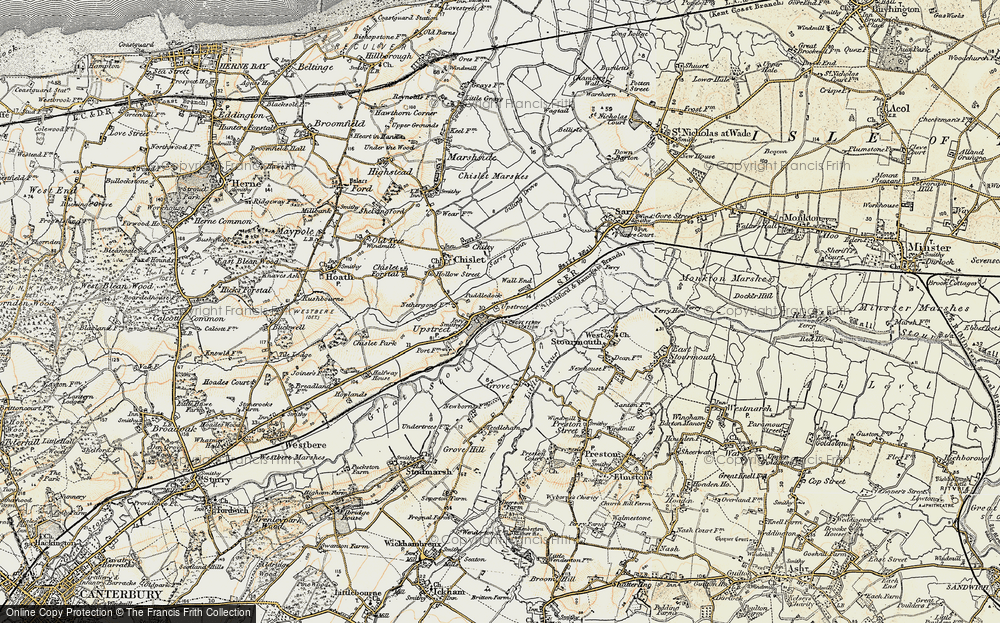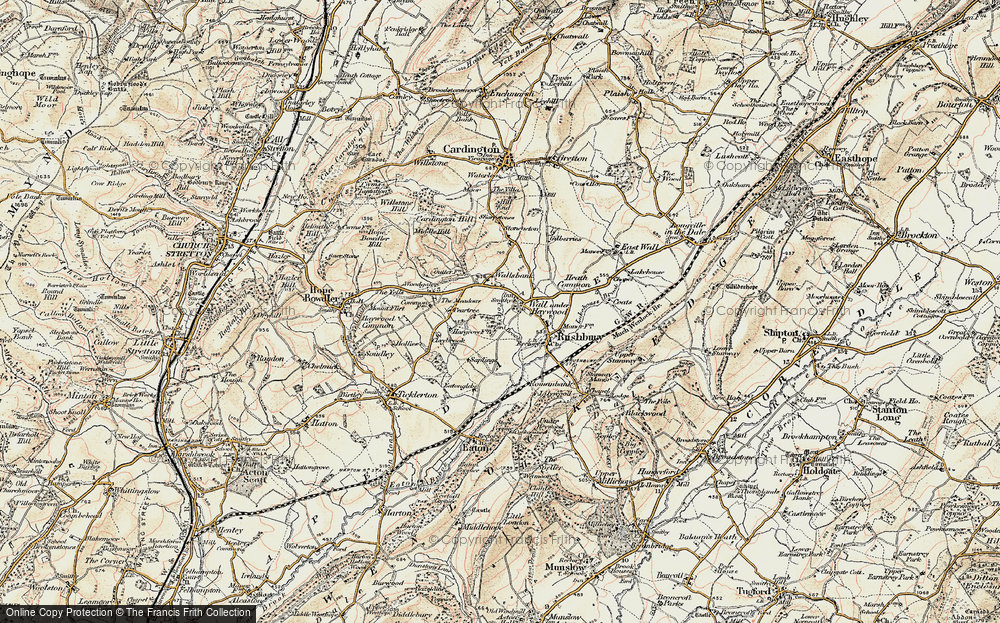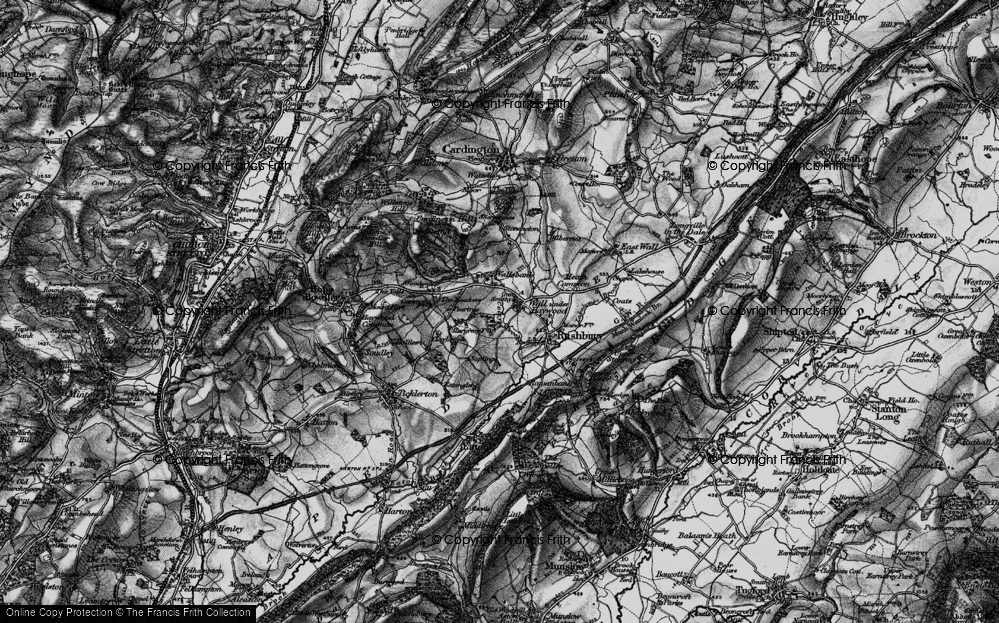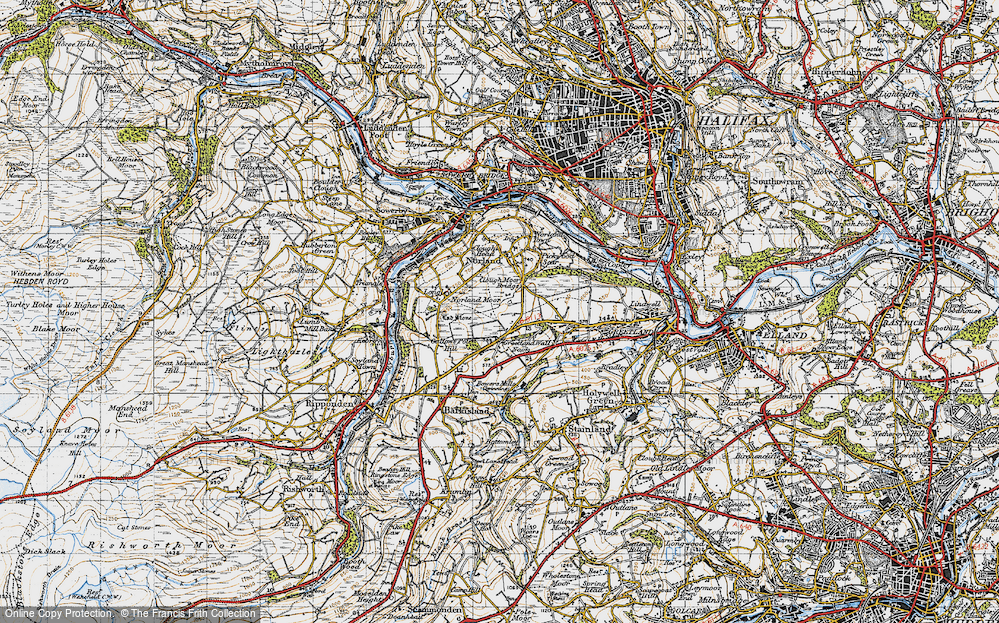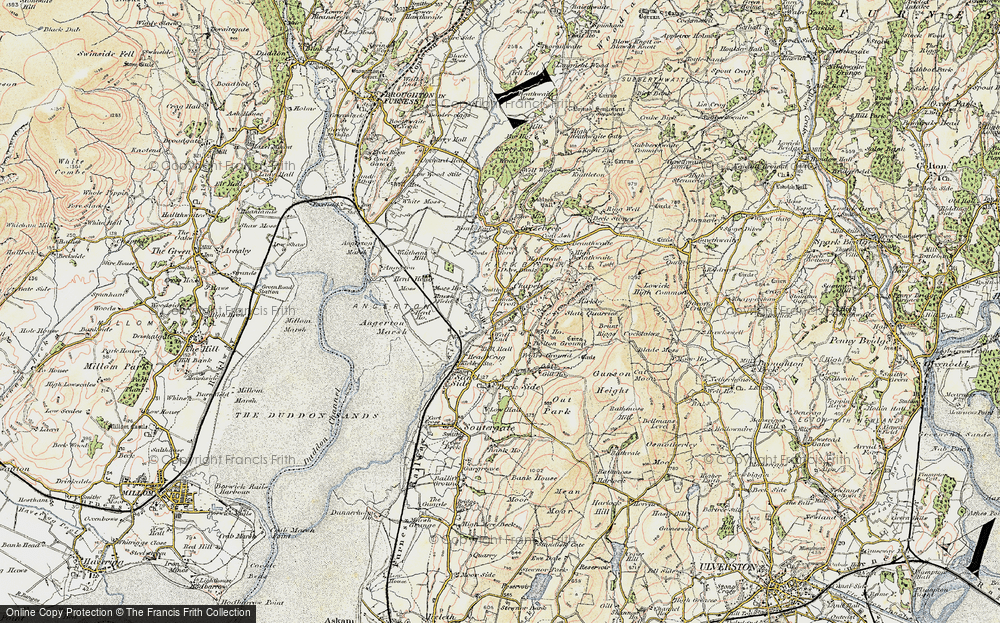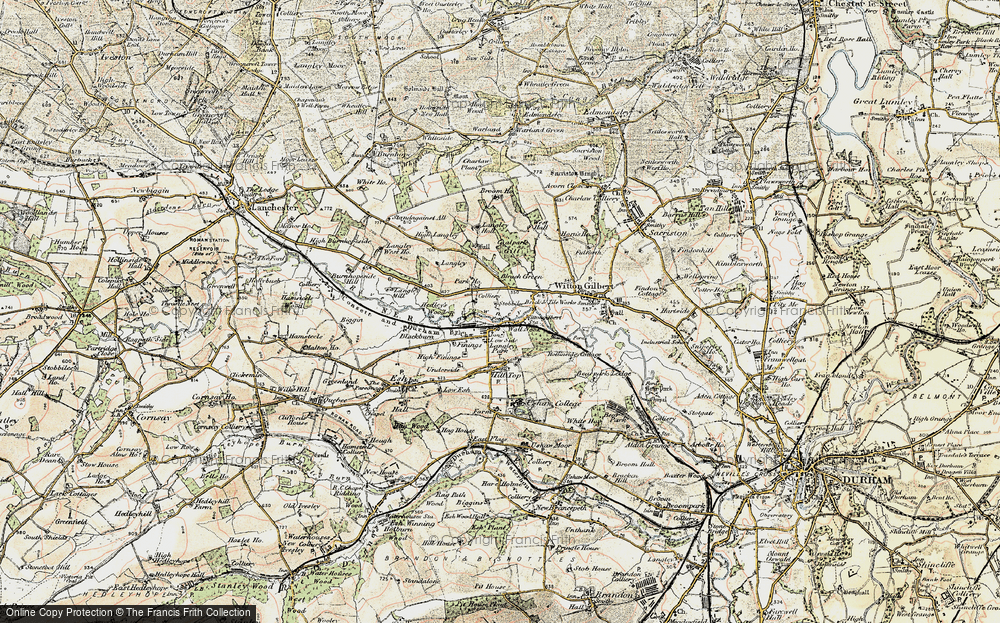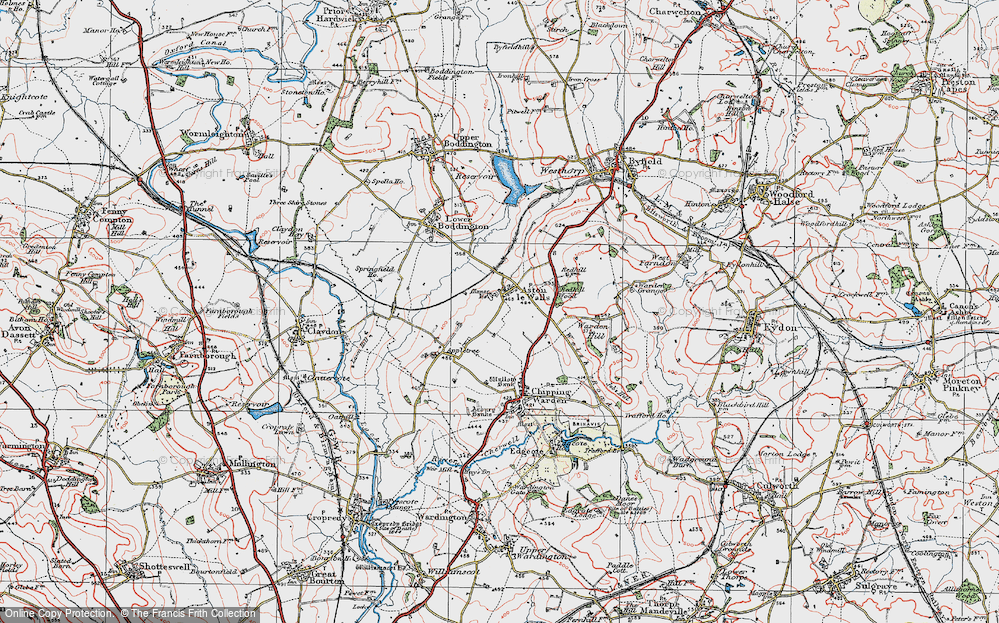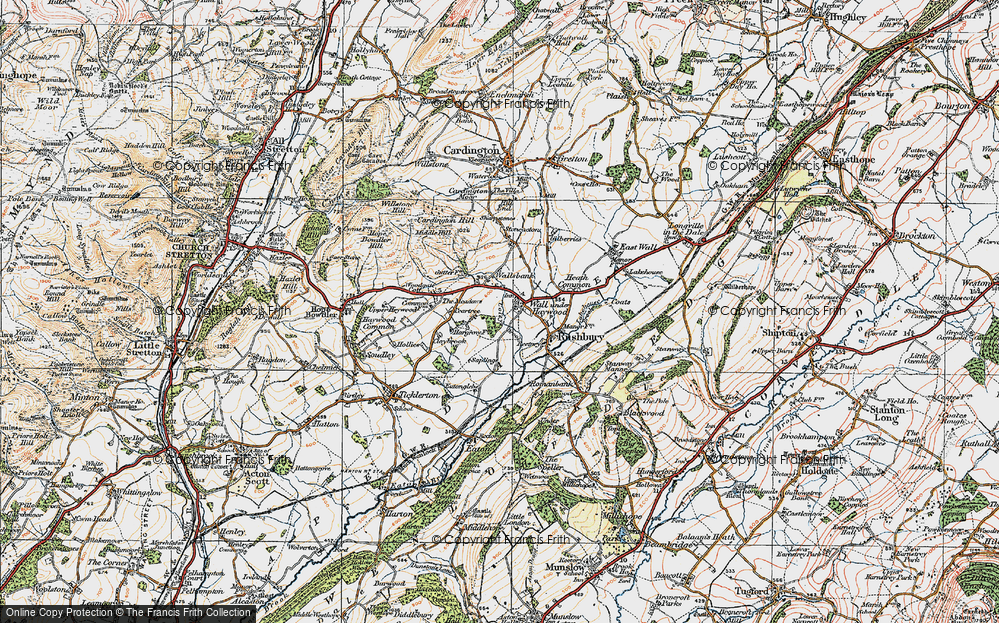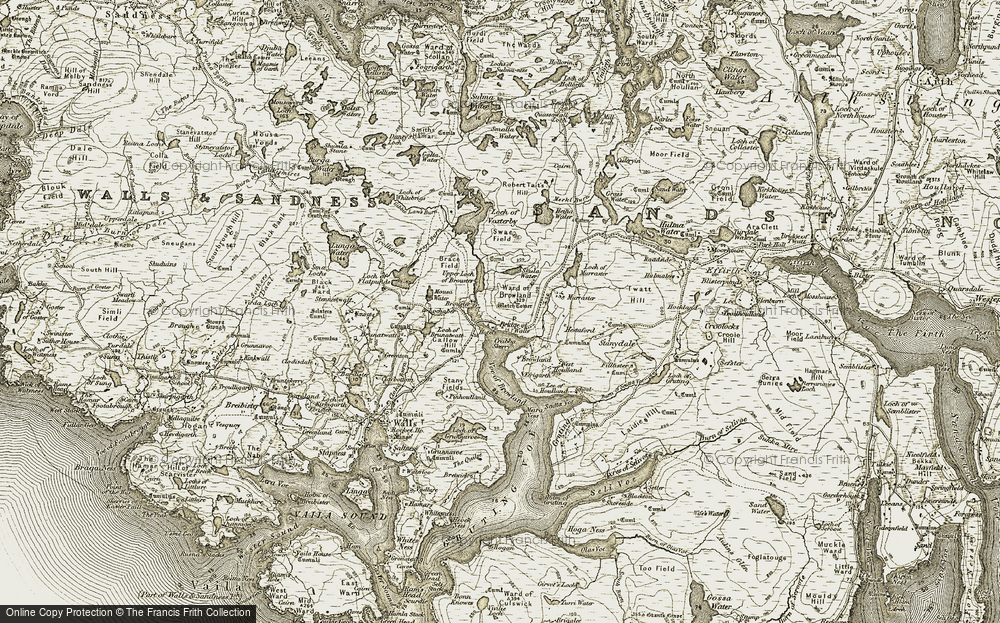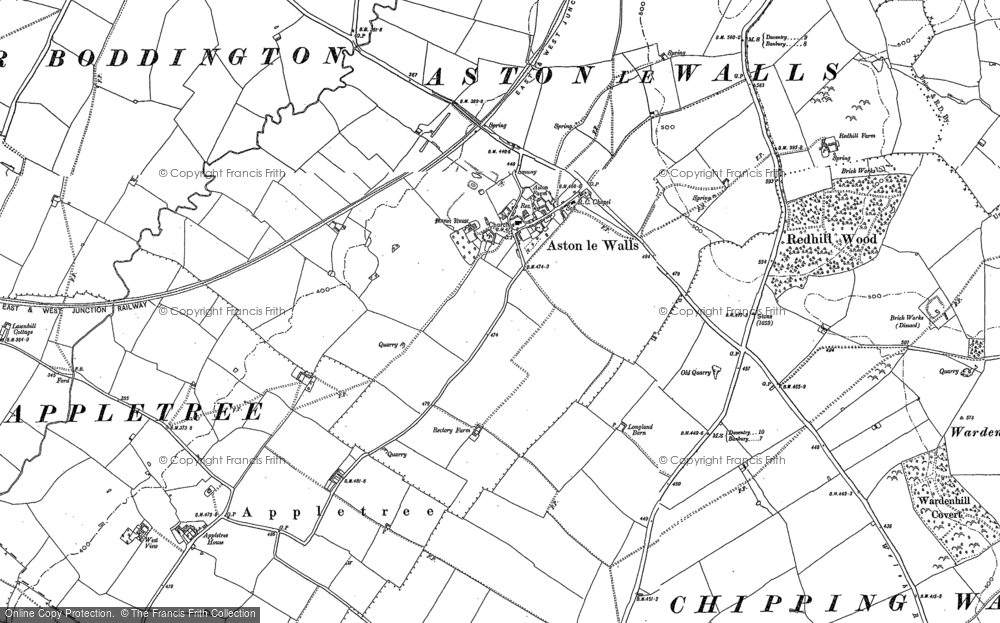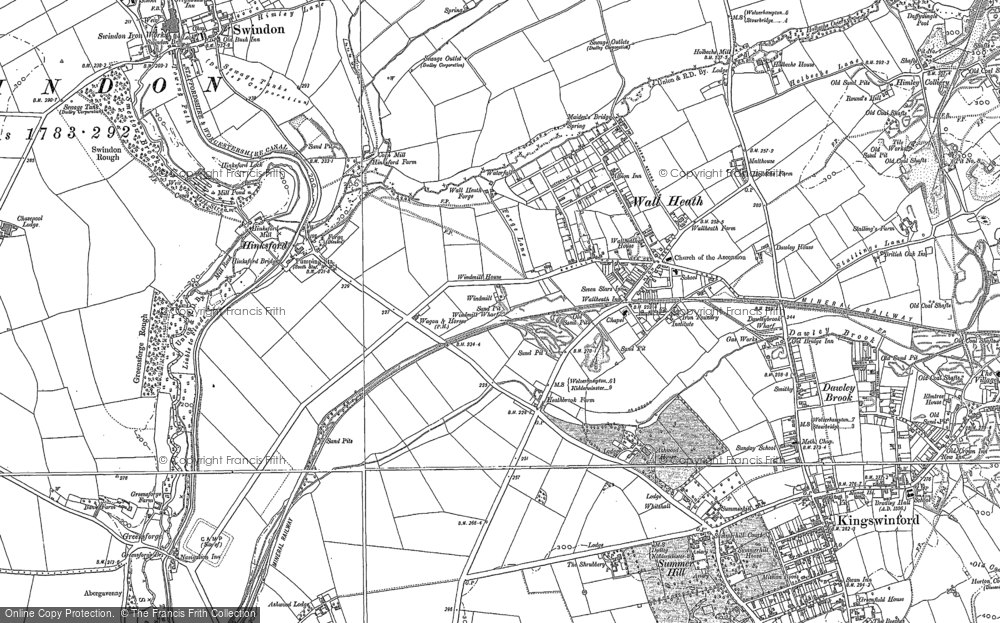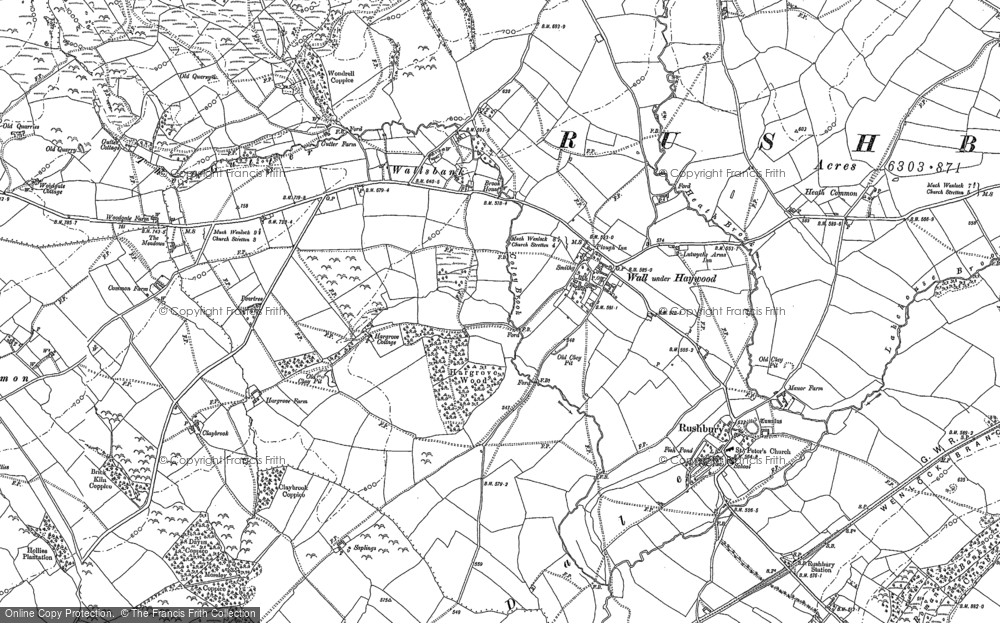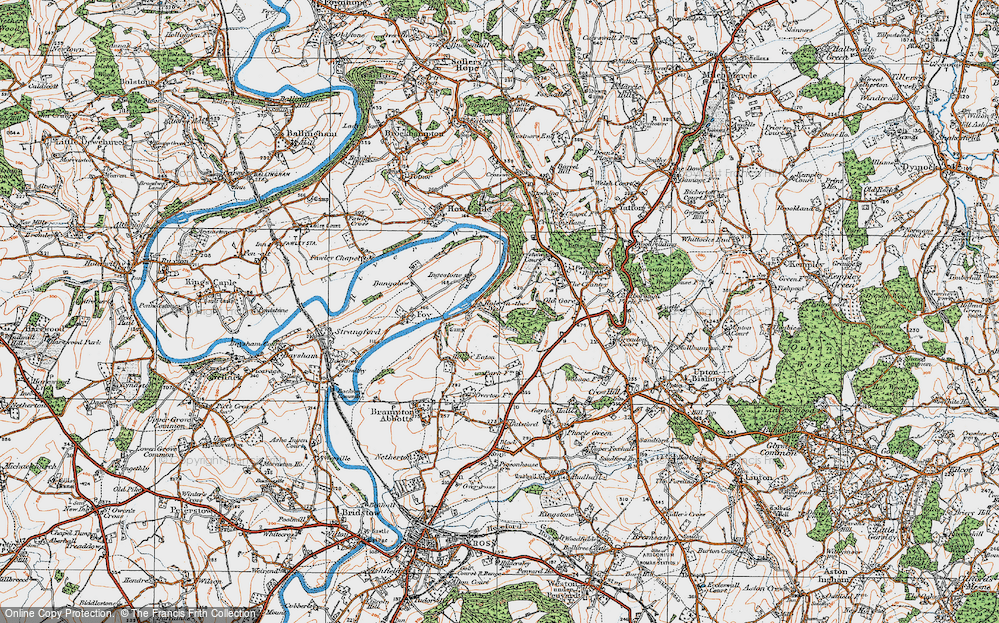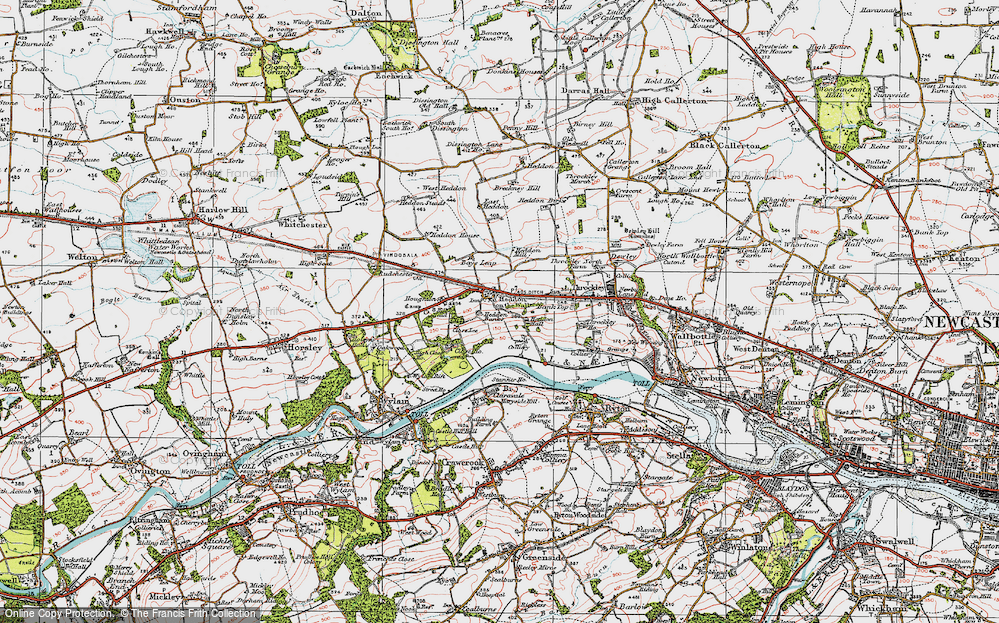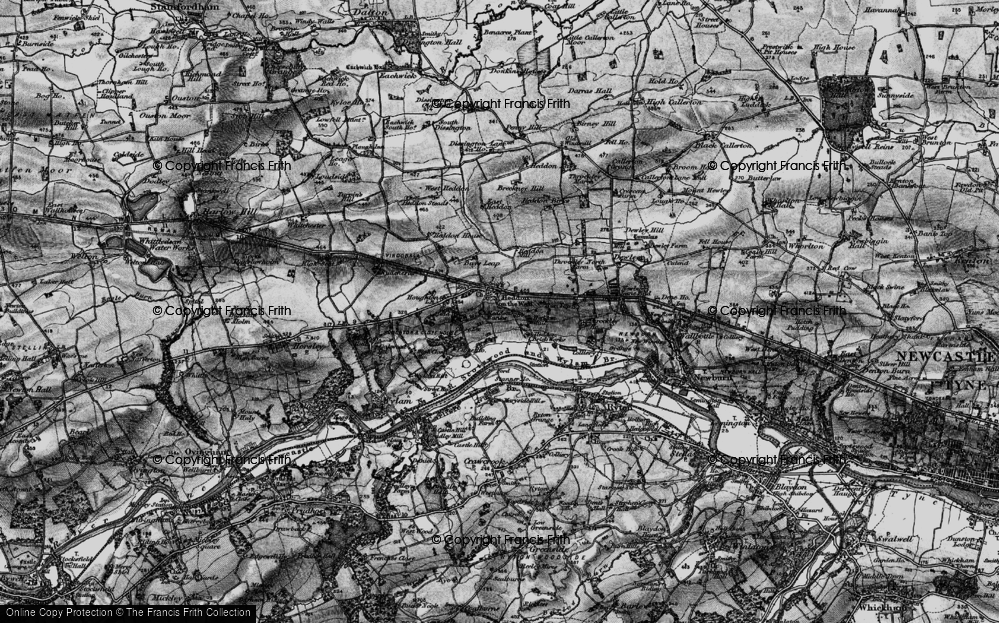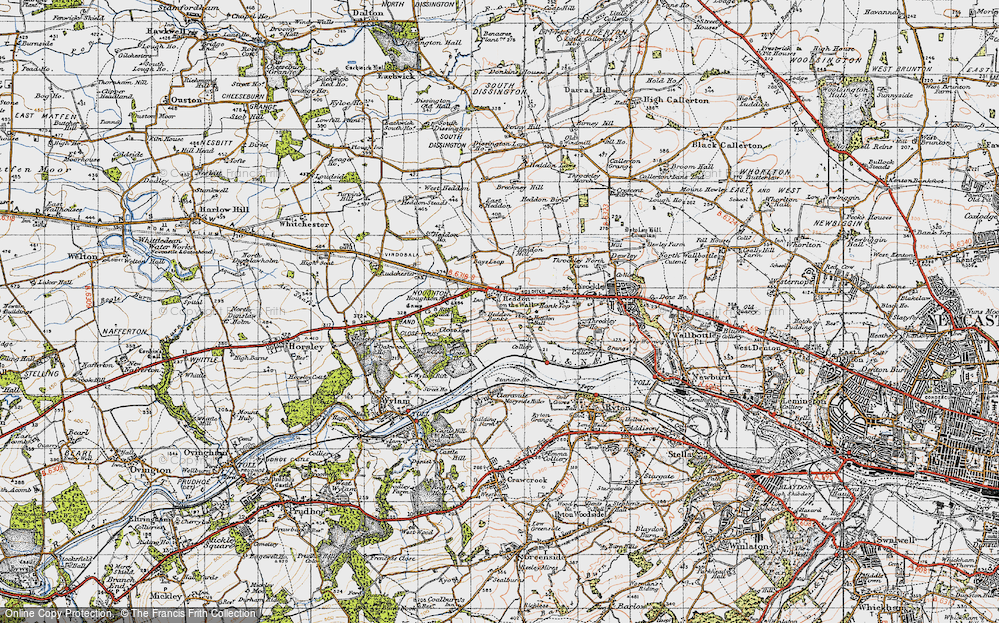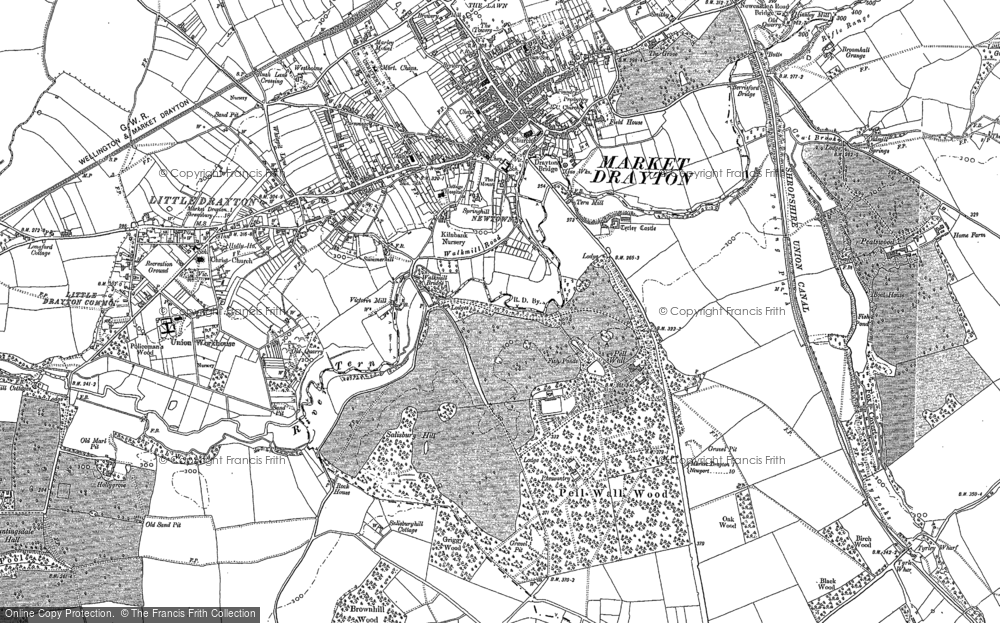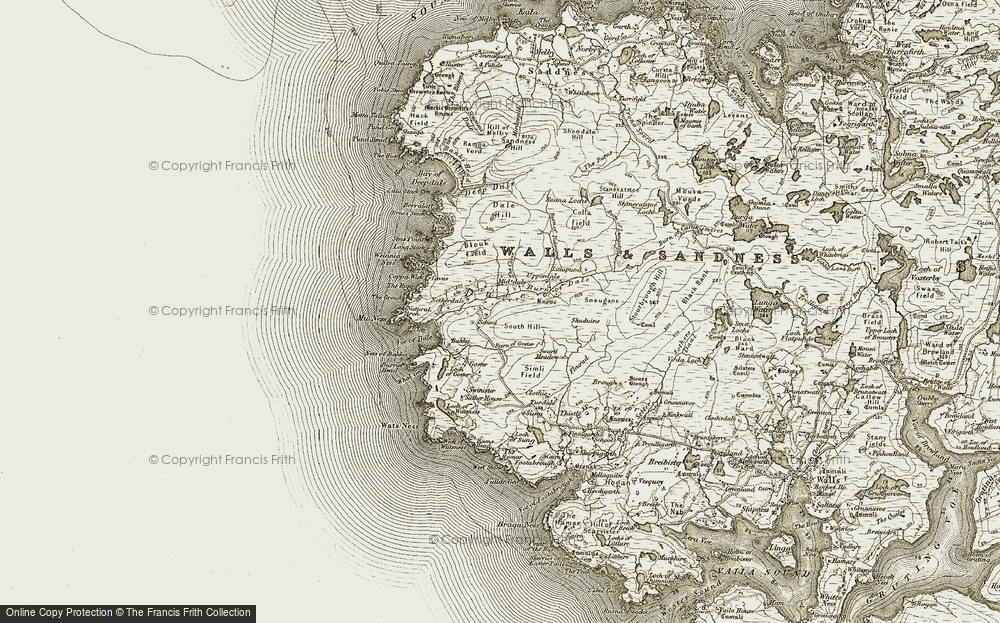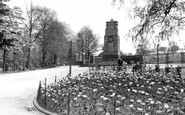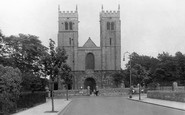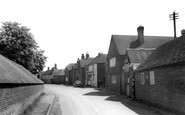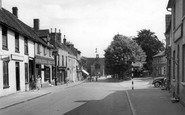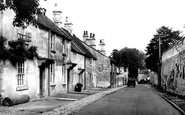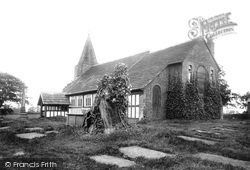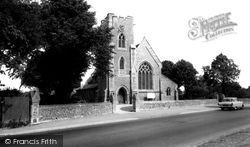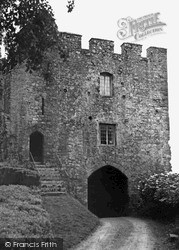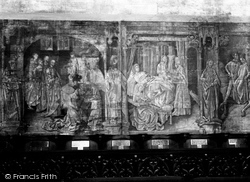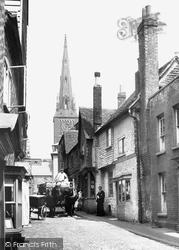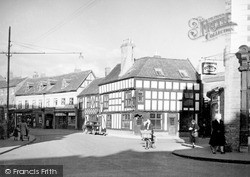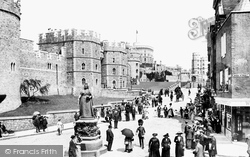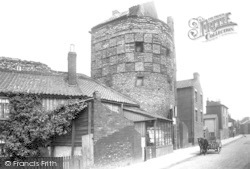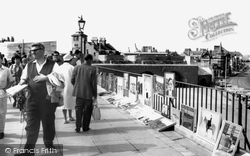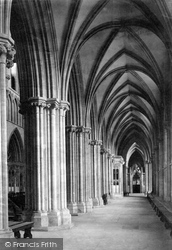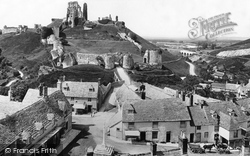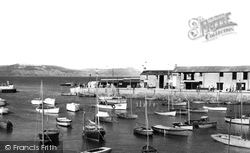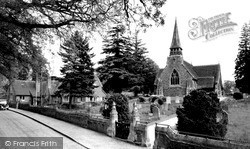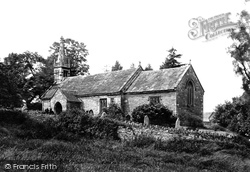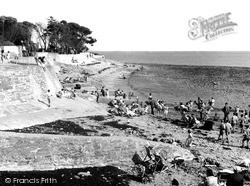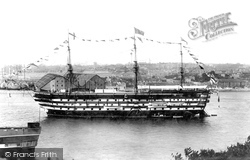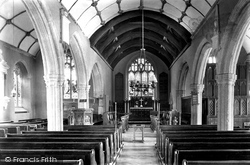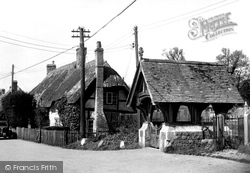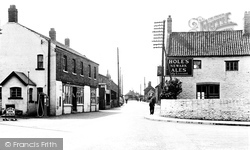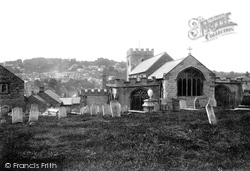Places
25 places found.
Those places high-lighted have photos. All locations may have maps, books and memories.
- East Wall, Republic of Ireland
- Pell Wall, Shropshire
- Wall, Northumberland
- Heddon-on-the-Wall, Northumberland
- Walls, Shetland Islands
- Wall, Cornwall
- Wall, Staffordshire
- East Wall, Shropshire
- Wall End, Kent
- Hobbs Wall, Avon
- Wall Bank, Shropshire
- Wall Nook, Durham
- Knowl Wall, Staffordshire
- Hazelton Walls, Fife
- Wall Mead, Avon
- Mid Walls, Shetland Islands
- Greetland Wall Nook, Yorkshire
- Aston le Walls, Northamptonshire
- Wall Heath, West Midlands
- Wall Hill, Greater Manchester
- Wall End, Cumbria (near Millom)
- Wall under Heywood, Shropshire
- Dale of Walls, Shetland Islands
- Bridge of Walls, Shetland Islands
- Hole-in-the Wall, Hereford & Worcester
Photos
516 photos found. Showing results 61 to 80.
Maps
172 maps found.
Books
Sorry, no books were found that related to your search.
Memories
1,989 memories found. Showing results 31 to 40.
Clifton Park
I used to live in tree-lined Lister Street. All I had to do was climb over the back wall to the rear of my house to get into Clifton Park. I remember Sunday School held at the Bandstand: 'Sunshine Corner always jolly fine, is for ...Read more
A memory of Rotherham in 1940 by
Priory Church
This view has hardly changed, I have recently took a photo from about the same place and it is almost the same. The wall running in front of the church as gone now but the park on the left and the school wall on the right is still ...Read more
A memory of Worksop in 1959 by
The Memories Are Endless
Good morning from Waterloo, Canada. I was absolutely thrilled with your site and stumbled on it quite by chance. I was born in 1943 at my grandparents house at Yew Tree Terrace just off Station Rd. I grew up in Shepley, ...Read more
A memory of Shepley in 1957 by
Treasury Farm
The building on the right-hand side of the photo in the foreground is in fact the wall of the garage which belonged to Treasury Farm, my home for many years. Many a time I was in the forge with my ponies getting them reshod ... to think this is how it looked just one year before I moved there.
A memory of Ickham in 1961 by
Early Schooldays
My memories of Byfield, where I lived on the brand new council estate, in Lovett Road, are idyllic. I was there from age 6 to 10, then we moved to York. We children had to walk what seemed like miles, in all weathers, to the ...Read more
A memory of Byfield in 1954 by
Mixed Feelings
I first arrived in Llanegryn at the latter end of 1939 along with my younger sister and a lot of other kids from my school (St Johns)in Birkenhead. I was eight years old at the time and my sister was six. We were all put into the ...Read more
A memory of Llanegryn in 1930 by
My Schooldays 1952 54 Near Skipton
My Grandparents lived at 26 Otley Street in Skipton from the 1940 ( or earlier ) and I had first visited them in 1945 after VE day, They were Thomas Henry Jackson, my Grandmother Charlotte Jackson and their ...Read more
A memory of Skipton in 1952 by
The Bell Hotel, Hare Street, Buntingford
I have recently discovered that my Great Grandfather John Main originally from Devon (a shoe maker) and then in Brixton, London as a Dairy Manager owned the Bell Hotel in Hare Street around 1905. My ...Read more
A memory of Buntingford in 1900 by
Not Quite The Same
On the left of this picture are three doorways marked by stone porches. I live in the third of the three away from the camera. The second remains as it is shown but the first doorway has now been blocked up. The house has been ...Read more
A memory of Bathford by
The Second World War
There was an air raid shelter under the green opposite the Three Jolly Wheelers pub. It comprised a number of concrete passageways. My mother my sister and I would use it on occasions when there was a particularly bad ...Read more
A memory of Woodford Bridge in 1945 by
Captions
1,668 captions found. Showing results 73 to 96.
the east end, Marton's church of St James and St Paul is one of the oldest surviving timber churches in Europe - it was founded in 1343 by Sir John de Davenport, and hence the pub across the road is called
There is yellow brickwork on the inside wall surfaces and painted tiles depicting saints on the chancel walls. The east window has stained glass dating back to the late 1940s.
It was extensively rebuilt in the 13th century with a shell keep, bailey wall, and a strong gatehouse on the south-west side.
Low wooden stalls along the walls of the choir accommodate the College; a large expanse of bare wall was left to be filled with a series of wall paintings.
The high walls of Petworth House dominate the west side of the town.
These awe-inspiring and formidable walls and gates were knocked down in 1934. At that time there were no conservation laws, and anything that was in the way of progress was destroyed.
Silver Street originally stood just outside the city walls, linking Lowesmoor with Corn Market, until it was cut off from the latter by the construction of City Walls Road.
The keep (with the flagpole) was raised to three storeys and the outer walls and towers refaced in the 1820s: the walls still look remarkably fresh in 2000.
In medieval times, Great Yarmouth was walled on three sides, with just the river side open.
These awe-inspiring and formidable walls and gates were knocked down in the 1920s. At that time there were no conservation laws, and anything that was in the way of progress was destroyed.
Outside the city walls and isolated from the rest of Portsmouth, Spice Island was once filled with sailors and press gangs.
Outside the city walls and isolated from the rest of Portsmouth, Spice Island was once filled with sailors and press gangs.
The stone bench along the wall was the only seating in medieval times, and origin of the saying 'the weakest go to the wall'.
Quite early on, the motte's defences were improved with the building of a stone wall around it, and the earliest stone building appears to have been a hall in the western bailey.
Here we see the buildings on the harbour wall of the Cobb, as we look eastwards through the entrance (left) to Cain's Folly and Stonebarrow Hill, from where National Trust land now extends to Golden Cap
The roof and main walls of the old church were retained and the walls encased in flint. The old bell tower was also transformed into an attractive shingled spire.
The projection of the nave walls beyond the wall of the chancel would, as in many churches, have housed the rood-stair in the past.
The sea walls still show some resemblance to the walls of a jetty. By the 1950s, visitors to the beach were mainly from the numerous caravan sites in the area.
A large number of wooden walls were retained by the Navy for various harbour duties. Some served as training ships, others were reduced to storage and coal hulks.
The Trelawnys of Coldrenick are ever present - on the extreme left is a Trelawny wall monument. Much of the church is 15th-century, restored in the 1860s.
The chimney and wall on the old bakery (left) were removed when the wall collapsed under the weight of the ivy, and a new extension was built.
The Crown Inn (right) still looks the same, but the stone wall has been reduced in height.
The Crown Inn (right) still looks the same, but the stone wall has been reduced in height.
These walls date from 1505, but the building becomes older as it rises to the west. The original church, dating back to Anglo-Saxon times, was cruciform in plan.
Places (25)
Photos (516)
Memories (1989)
Books (0)
Maps (172)


